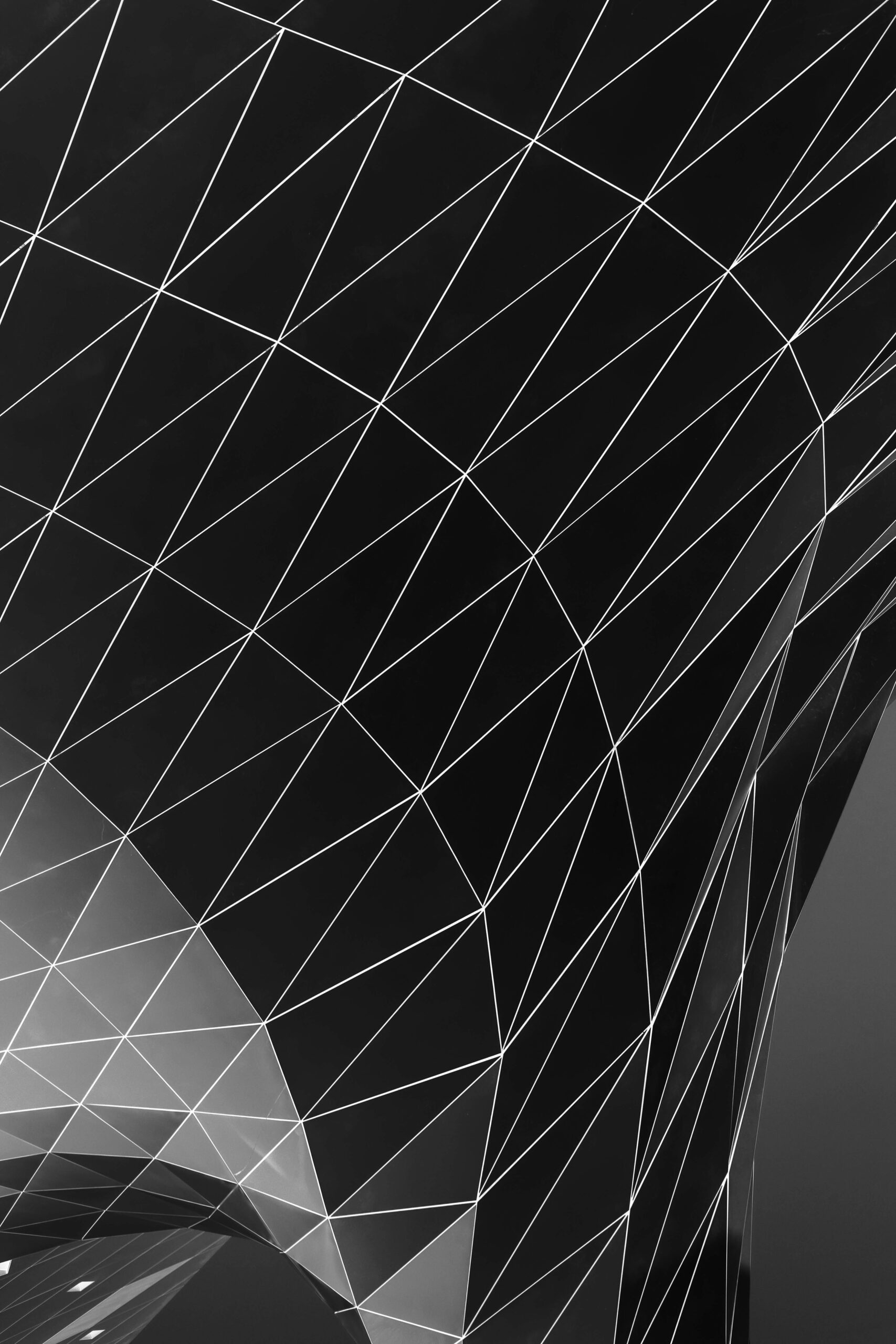
In a pivotal ruling, the U.S. Court of Appeals for the Federal Circuit has revamped the criteria for determining the obviousness of design patents. Moving away from the stringent Rosen-Durling test, the court has embraced a more flexible approach aligned with the Supreme Court’s KSR v. Teleflex decision for utility patents. This shift is encapsulated in the recent LKQ Corp. v. GM Global Tech Operations LLC decision.
The previous Rosen-Durling test required identifying a single reference, known as a “Rosen reference,” with design characteristics essentially the same as the claimed design. Secondary references could only be considered if they were closely related to the Rosen reference. The process was terminated if no suitable Rosen reference was found.
The LKQ decision overrules the rigid Rosen-Durling test, adopting a flexible approach based on the Supreme Court’s KSR decision and the Graham framework for utility patents.
Graham Factors:
- Scope and content of the prior art.
- Differences between prior art and the claimed invention.
- Level of ordinary skill in the art.
- Prior art must be analogous, meaning from the same field or reasonably pertinent to the design problem.
Under the new test, the visual appearance of the claimed design must be compared to prior designs from the perspective of an ordinary designer in the field. The motivation to combine references does not need to originate from the references themselves but must be supported by the record without hindsight. Secondary considerations, such as commercial success and industry praise, continue to be relevant.
This decision relaxes the standards for finding a design patent obvious, potentially benefiting patent challengers while making it harder to patent new designs by lowering the barrier for obviousness. It also provides patent owners with avenues to argue non-obviousness through non-analogous prior art, lack of motivation to combine references, and secondary considerations.
Overall, the Federal Circuit’s decision is set to significantly influence the validity of existing design patents and the process for obtaining new ones, allowing for a broader and more nuanced assessment of obviousness.
McCoy Russell has an active design patent practice and advises companies on strategic design patent filings in the US and abroad.

